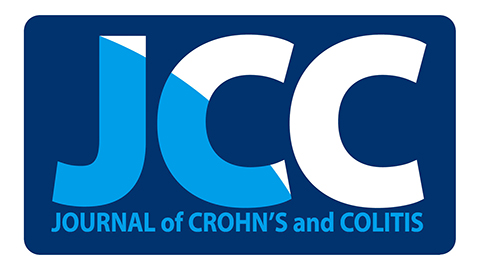
“Although photobiomodulation therapy (PBM) has been applied clinically for the treatment of pain and inflammation, wound healing, sports and soft tissue injuries, as well as to repair injured spinal cords and peripheral nerves, it remains unclear which molecular substrates (receptor) are implicated in the cellular mechanisms of PBM.
Here, we reported that PBM (660 nm, 30 mW, 0.06 cm2, 50 J/cm2, plantar irradiation) significantly inhibited carrageenan-induced paw oedema, but not noxious thermal response, through positive modulation to both CB1 and CB2 cannabinoid receptors. The use of CB1 antagonist AM281 or CB2 antagonist AM630 significantly reversed the anti-inflammatory effect of PBM. Analysis of signalling pathway downstream of cannabinoid receptors activation reveals that anti-inflammatory effects of PBM depend, in great extent, on its ability to activate ATP-dependent K+ channels and p38 mitogen-activated protein kinase. Moreover, PBM therapy significantly reduced the levels of pro-inflammatory cytokine IL-6 in both paw and spinal cord, and restored the reduction of the level of anti-inflammatory cytokine IL-10 in spinal cord after carrageenan injection. Unlike the potent cannabinoid receptor agonist (WIN 55212-2), PBM did not exert any CNS-mediated effects in the tetrad assay. Finally, PBM does not reduce inflammation and noxious thermal response induced by LPS and zymosan, a TLR4 and TLR2/dectin-1 ligand, respectively.
Thus, cannabinoid receptors and, possibly, the endocannabinoid system, represent an important site of action of PBM that opens the possibility of complementary and nonpsychotropic therapeutic interventions in clinical practice.”
https://www.ncbi.nlm.nih.gov/pubmed/28980210
https://link.springer.com/article/10.1007%2Fs12035-017-0792-z





1582-4934/asset/jcmm_large.jpg?v=1&s=7674b5c17e2bcbb5a84b43d19c1eee77fb28c804)




 “We sought to quantify the anti-inflammatory effects of two
“We sought to quantify the anti-inflammatory effects of two